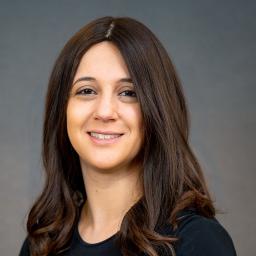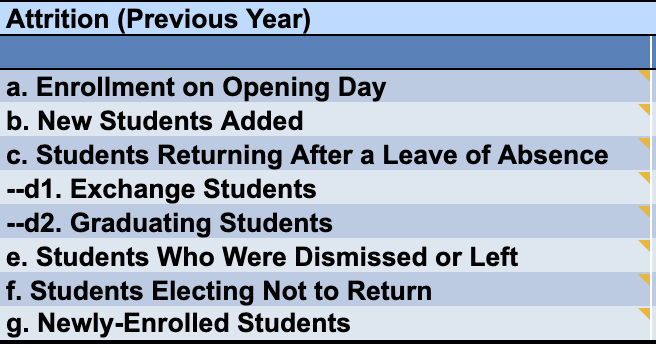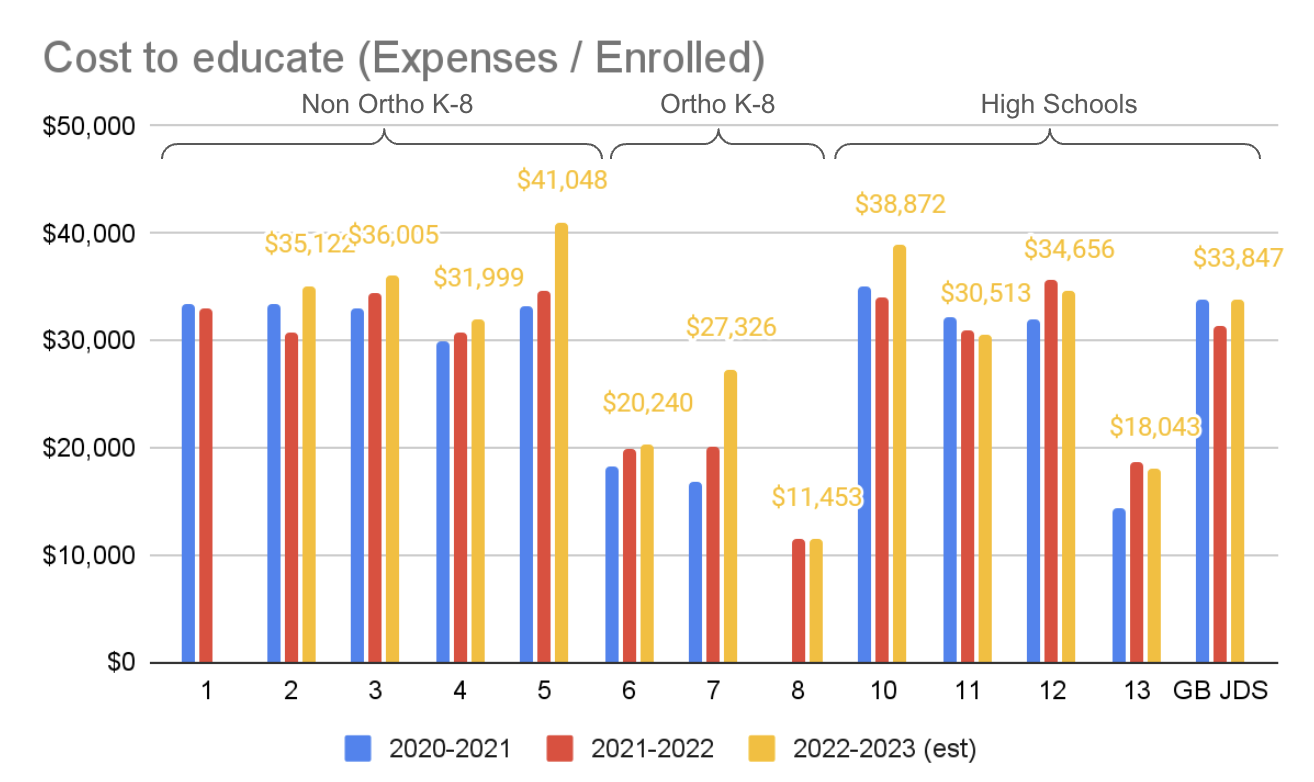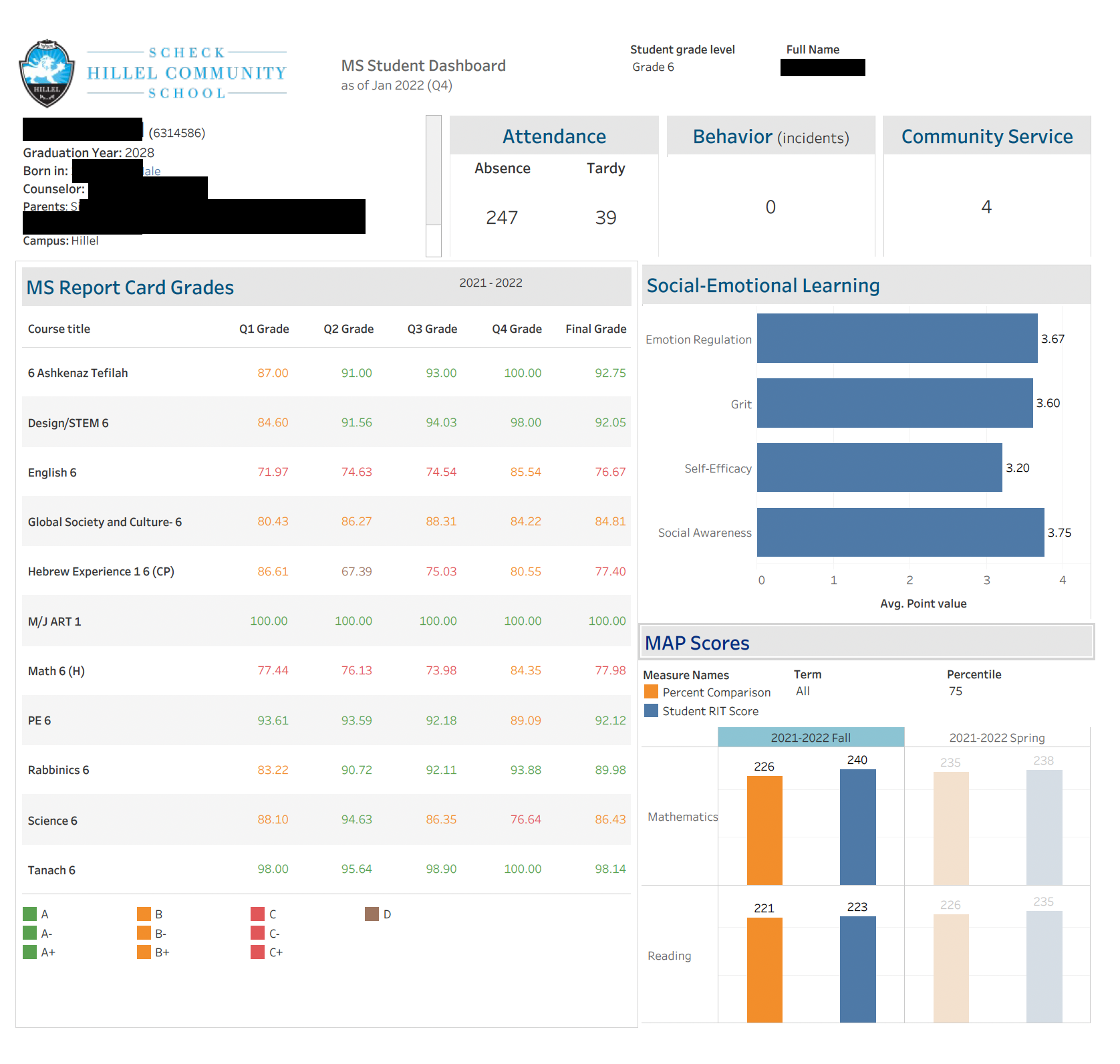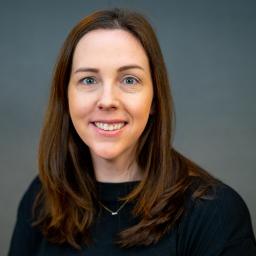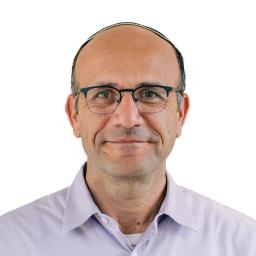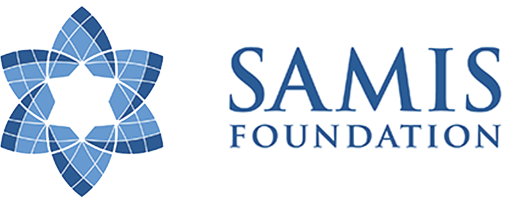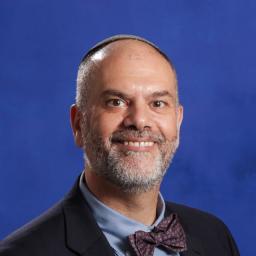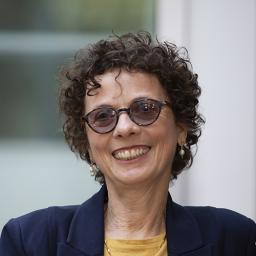How does my school tuition, cost per student, and fundraising compare to others?
Is what happens at my school a fieldwide trend or unique to my school?
How do I know what salary I should be asking for the position I’m negotiating?
Are there tuition affordability models that I should be considering for my school?
How are others handling the Israeli students that have enrolled since October 7?
These questions, and many more, are ones that Prizmah has researched and can help you answer.
At Prizmah, we believe in the strength of data-informed decision making and have developed a robust framework of research and data collection to serve the field of Jewish day schools and yeshivas. Borrowing the Qualtrics model, Prizmah strategically focuses on Operational (O) and Experience (X) data. Examples of O data are school financial, operational, enrollment, and development metrics. These are usually derived from objective, measurable processes. X data, on the other hand, is how people think and feel. It’s about the human experience. The most effective leaders look to both O and X data to inform their strategic-decision making. At Prizmah, we can help you access and learn from both.
Here are three avenues of support that Prizmah provides for data-driven leaders.
Data-Driven Decision Making for School Leaders
Day school leaders steeped in their school’s finances may find themselves or their boards asking for comparative school data. How much do other schools budget for financial aid? What percent of revenue should come from net tuition and other revenue sources? How much are similar schools spending on teacher professional development?
The answers to these questions lay in O data. Benchmarking operational data helps schools understand how peer schools are performing and their areas of strength and growth. School leaders look at salary ranges while considering their staff’s salaries and raises. Advancement data enables development professionals to set fundraising goals. Admission professionals compare their yield rate, acceptance rate and attrition rate to peer schools. The data can show schools where they have room for growth, which helps determine priorities and how they can be focusing their time most effectively. Heads of school, executive directors, COOs, and CFOs use the data to understand where their tuition stands in the marketplace, how much other schools spend on salaries as a percent of their budget, and what percent of revenue comes from tuition and other sources.
This year, 120 Jewish day schools entered data into DASL (Data Analysis for School Leadership), accessing free custom benchmarking data to help with some of those hard strategic financial decisions.
To give you a head start - look to the reports that our Knowledge Center publishes on an annual basis:
- Prizmah’s Facts at a Glance 2022-2023, provides an aggregate summary of DASL data; and our
- Salary Data Bank, reports on Jewish day school salary comps making accessing fieldwide data more accessible than ever.
Community Benchmarking
Through partnerships with federations, schools in three communities now have access to critical community wide benchmarks on key financial and operational metrics that can help them understand areas of strength and growth, and where they sit relative to their peer schools.
Landscape Research for the Field
In conversations with school leaders, we know that there are broader issues and trends at play that impact schools. Prizmah conducts landscape research for Jewish day school professionals, lay leaders, funders, and day school adjacent organizations with fieldwide data that can shape informed perspectives on our field.
Landscape research helps us understand those issues. offering a holistic understanding of the school environment and empowering informed decision-making. Through landscape research we can identify and name challenges, leading to problem-solving and equipping school leaders with critical information that can help schools adapt and serves as a valuable tool for long-term planning.
Driven by emergent issues in the field, Prizmah conducts pulse surveys throughout the year to surface specific trends and in-depth qualitative data. Recent pulse surveys have focused on the impact of the war in Israel on day school enrollment and development. These pulse surveys help school leaders understand what decisions other schools are making and how their experience is the same or differs from other schools. They also help the broader community understand aspects of day schools that they don’t usually have a window to. According to this research, 95% of schools that responded received inquiries and/or enrollment from temporary Israeli students, and some schools are seeing an increase in inquiries from public and independent school transfer students. An earlier pulse survey identified additional support schools needed to assist these students, influencing funders’ decisions to extend financial assistance to the schools.
Our in-depth qualitative research captures the experiences of specific day school stakeholders. By shining a light on specific areas of focus like the experiences of board members ( Unlocking Leadership: Obstacles and Opportunities for Improved Day School Volunteer Leadership) we have learned what the obstacles and opportunities are. Seizing the Moment: Transferring to Jewish Day School During the Covid-19 Pandemic homed in on the experiences of parents who transferred their kids to day school during the pandemic, offering a distinctive perspective on how parents make decisions about what school their children attend.
Modeling Data-Driven Decision Making
At Prizmah, we model what it means to be a data-driven organization by using data to craft organizational strategy, define programmatic goals and evaluate and measure impact. After webinars, cohort programs, and gatherings, we solicit participant feedback through surveys and use that data to inform and improve future offerings. We utilize school data, collected from DASL, pulse surveys and other research to make strategic decisions.
We envision a world where day school leaders seamlessly integrate X and O data and research into their practice to enhance their effectiveness as leaders, sustaining vibrant Jewish education for our community. As we look to the horizon, we are dreaming of more ways to support schools with data and research with parent and staff satisfaction surveys that will link the experience side of schools with the operation side of schools.
The integration of robust data analysis and strategic research offers a powerful toolkit for school leaders. Armed with these insights, leaders can navigate the intricate landscape of education with precision, making informed decisions that lead to better outcomes for their school community. As school professionals harness the potential of data-driven strategies, they pave the way for continuous improvement.
I welcome your thoughts and ideas about a data driven field of Jewish day schools at [email protected].



